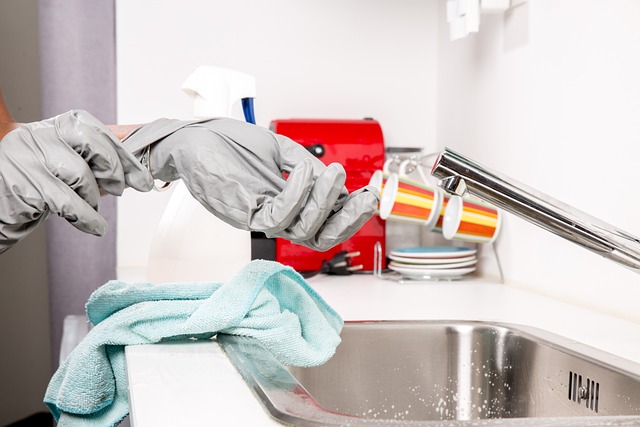Proper bathroom tile cleaning involves regular removal of debris and scrubbing stubborn marks with mild detergents or vinegar solutions. This process prepares the surface for sealing, enhancing water repellency and protecting against stains. Following manufacturer instructions for cleaning products and sealers is crucial. Sealing prevents water, dirt, and contaminants from penetrating tiles, preserving their beauty and hygiene. Different sealants cater to specific needs, such as silicone for mold prevention and urethane for high-traffic areas. Regular maintenance with mild detergent and warm water prolongs sealing effectiveness. Top-rated brands like Silicone Solutions and H2O Seal offer durable sealing solutions for clean, healthy bathrooms. Sealing every 12-24 months or when tiles show signs of wear ensures ongoing protection against moisture damage and stains.
“Elevate your bathroom’s cleanliness and protect its aesthetics with tile sealing—a transformative step often overlooked. This comprehensive guide unravels the intricacies of bathroom tile cleaning, emphasizing the pivotal role it plays in maintaining a gleaming, germ-free environment. We’ll explore why sealing is crucial, dissect different sealant types, and provide a step-by-step preparation guide. From application tips to maintenance tricks, this article equips you with all you need to know for a seamless, long-lasting seal. Discover the top brands, address common FAQs, and unlock the secret to a spa-like bathroom experience.”
Understanding Bathroom Tile Cleaning: The Initial Step Towards Sealing
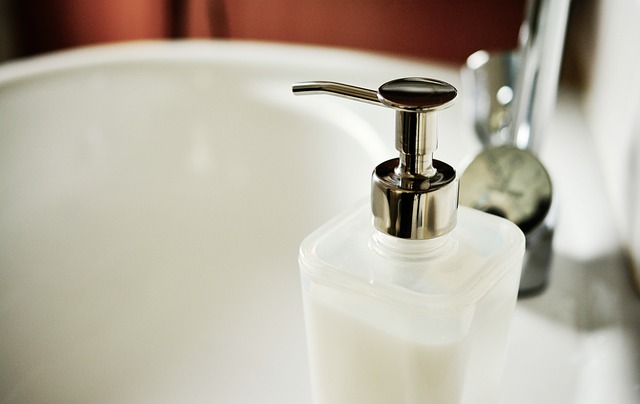
Proper understanding of bathroom tile cleaning is the crucial initial step towards effective sealing. Bathroom tiles are often exposed to high moisture levels, leading to dirt, stains, and bacteria buildup. Regular cleaning involves removing surface debris using mild detergents or vinegar solutions, scrubbing stubborn marks with appropriate tools, and rinsing thoroughly. This process not only maintains the tiles’ aesthetics but also prepares their surface for sealing, enhancing water repellency and protecting against future damage.
Effective bathroom tile cleaning removes any contaminants that could impede the bonding of sealers, ensuring better protection. It’s essential to follow manufacturer instructions when using cleaning products and sealing agents, as different types of tiles may require specialized care. Regular maintenance cleaning will also extend the life of your sealed tiles, preserving their glossy finish and preventing premature fading or peeling.
Why Sealing is Essential for Bathrooms
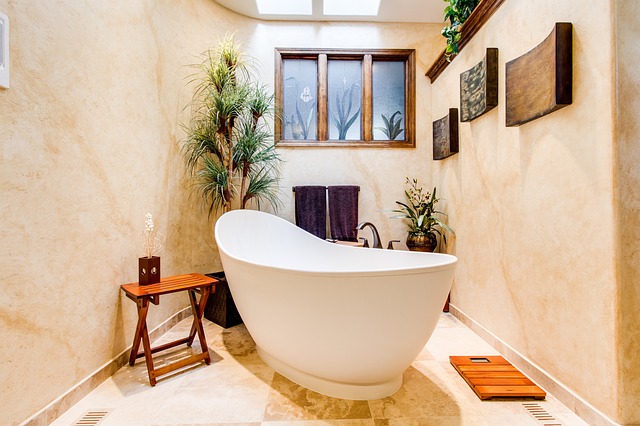
In the realm of bathroom tile cleaning and maintenance, sealing plays a pivotal role in preserving the beauty and longevity of your tiles. Bathrooms are often bustling hubs where moisture and humidity thrive, making them susceptible to stains, mold, and mildew growth. Without proper sealing, even the most diligently cleaned tiles can quickly deteriorate, leading to an unsightly and unhygienic environment. Sealing acts as a protective barrier, filling in pores and micro-cracks on the tile surface, thereby impeding the penetration of water, dirt, and other contaminants.
By applying a high-quality sealant, you create a smooth, non-porous finish that repels liquid and makes cleaning easier. This is especially crucial for grout lines, which can trap moisture and become breeding grounds for bacteria if not sealed correctly. A well-sealed bathroom ensures that your tiles maintain their vibrant appearance, prevents the need for frequent deep cleaning, and fosters a hygienic space that’s free from the accumulation of mold and algae.
Different Types of Sealants and Their Applications
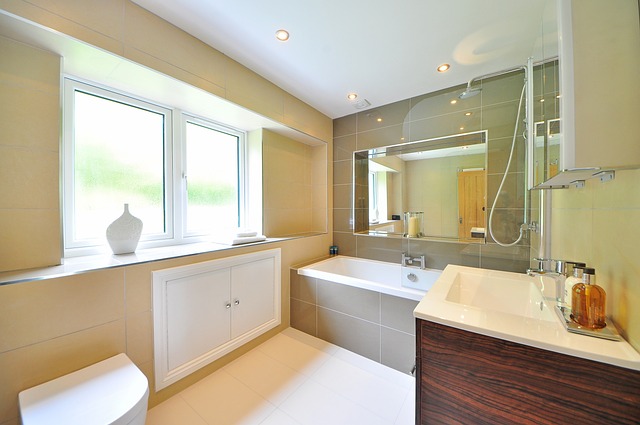
When it comes to tile sealing for bathrooms, understanding different types of sealants and their applications is crucial for effective bathroom tile cleaning and maintenance. Silicone sealants are popular choices due to their flexibility and resistance to water, making them ideal for shower stalls and tubs. These sealants create a durable barrier that protects against moisture, preventing mold and mildew growth.
On the other hand, urethane sealants offer a more robust solution, suitable for high-traffic areas or tiles prone to stains. They form a thick, protective layer that repels liquids and dirt, making bathroom tile cleaning easier. Additionally, polyurethane sealants are known for their longevity, ensuring your bathroom tiles remain in pristine condition for years to come, even with regular use.
Preparing Your Bathroom for Sealing: A Comprehensive Guide

Before sealing your bathroom tiles, proper preparation is key. Start by deep cleaning the entire space to remove any dirt, grime, or mildew that might hinder the sealing process. Use a mild cleanser and a sponge or brush to scrub each tile, paying extra attention to corners and grout lines. Rinse thoroughly with warm water.
Once cleaned, ensure the bathroom is well-ventilated and dry. Check for any damaged tiles or loose grout, repairing these issues before proceeding. Empty the area of all furniture, ensuring easy access to every corner of the room. This meticulous preparation will create a smooth surface, guaranteeing optimal adhesion when you apply the tile sealer.
Applying the Sealer: Techniques and Tips to Avoid Common Mistakes

When it comes to applying a sealer to your bathroom tiles, there are several techniques and tips to ensure optimal results. Begin by ensuring the tiles are clean and free from any dirt or debris. Use a mild detergent and warm water to thoroughly clean the surface. Rinse well and allow the tiles to dry completely before sealing. Apply the sealer with a brush or sprayer, following the manufacturer’s instructions for coverage and drying time. It’s crucial to maintain an even coat, avoiding over-saturating the tiles.
Common mistakes to avoid include not allowing sufficient drying time between coats, which can lead to poor adhesion and eventual peeling. Additionally, uneven application can result in visible streaks or missed spots, requiring a reapplication. Always test a small area first to check for any adverse reactions with your chosen sealer and tile type, and be patient during the process, letting each coat dry completely before moving on.
Maintenance and Touch-Ups: Keeping Your Tile Sealing Effective
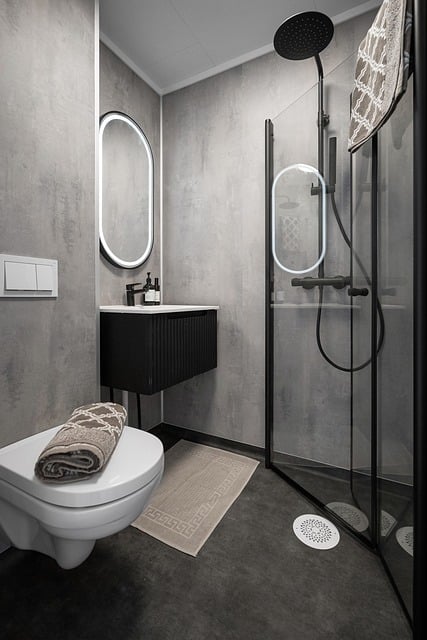
Regular maintenance is key to keeping your tile sealing effective and lasting. A simple, regular cleaning routine will help remove any dirt or moisture that could compromise the seal over time. Use a mild detergent and warm water to clean the tiles, avoiding harsh chemicals that may damage the sealant. Focus on areas prone to staining or buildup, such as around sinks and tubs.
Touch-ups are also essential, especially if you notice any chipped or damaged seals. Repairs should be done promptly to prevent further deterioration. Look for any signs of wear or peeling and apply a fresh coat of sealer to maintain the protective barrier. Regular maintenance and quick action on touch-ups will ensure your bathroom tiles stay looking their best and remain protected from water damage and stains, making bathroom tile cleaning a breeze.
Popular Brands and Products for Bathroom Tile Sealing
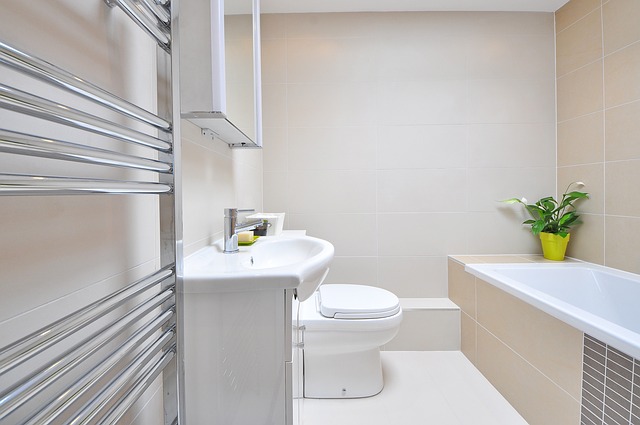
When it comes to bathroom tile sealing, several reputable brands stand out for their quality and effectiveness. Popular choices include Silicone Solutions, a well-known brand offering a range of water-repellent silicone sealers. These products are easy to apply and provide long-lasting protection against moisture and stains, which is crucial for maintaining clean bathroom tiles.
Another leading brand is H2O Seal, specializing in eco-friendly tile sealing solutions. Their products are low-VOC and biodegradable, making them a preferred choice for those prioritizing environmental sustainability. Regardless of your preference, both brands offer professional-grade sealers that enhance the longevity and aesthetics of your bathroom tiles, complementing any cleaning routine.
Frequently Asked Questions (FAQs) About Tile Sealing
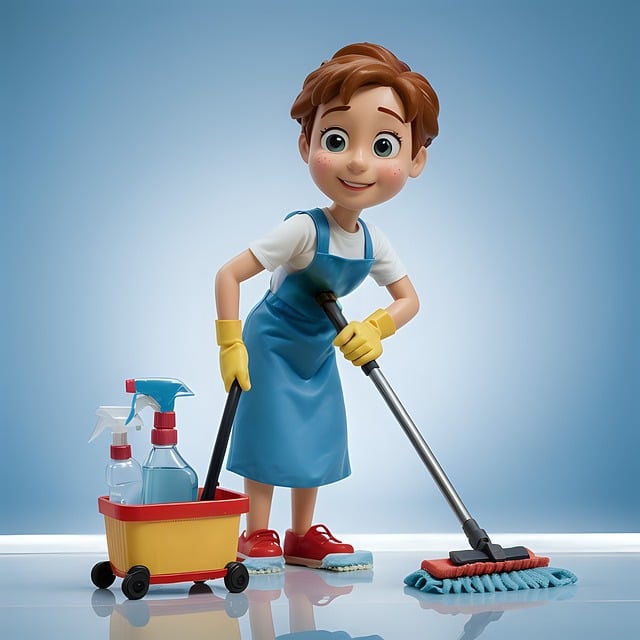
Frequently Asked Questions (FAQs) About Tile Sealing
Q: Why is tile sealing important for bathrooms?
A: Tile sealing plays a vital role in bathroom tile cleaning and maintenance. It creates a protective layer that prevents moisture from seeping into the grout lines, reducing the risk of mold growth and water damage. This is especially crucial in high-humidity environments like bathrooms.
Q: How often should I seal my bathroom tiles?
A: The frequency depends on several factors, including traffic and cleaning habits. As a general rule, it’s recommended to reapply tile sealer every 12-24 months or whenever the surface becomes dusty or appears dull. Regular sealing ensures optimal protection against stains and water damage, keeping your bathroom looking its best.
